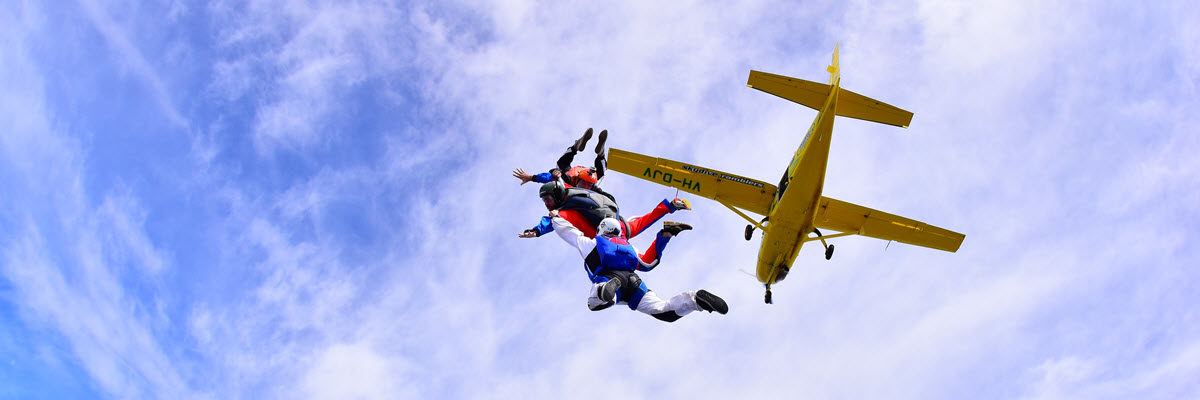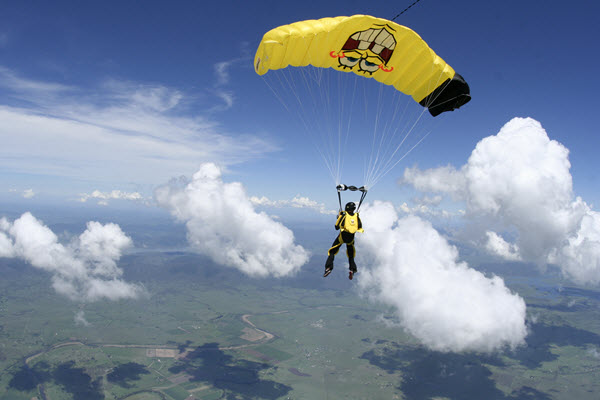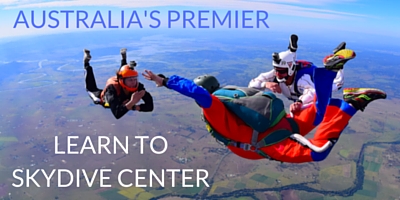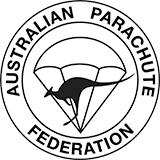- Click to Call +61 7 5423 1159
- Tuesday: 8:00 am - 5:00 pm

Skydiving When Sick – Don’t Do It!
Tuesday, September 18, 2018
- Skydive Ramblers
- 9/18/18
- 0
- General
Remember waking up sick in gradeschool? While it was no fun to feel gross, you generally knew that you’d be able to leverage that stuff nose and sore throat to score a free day on the couch with some ice cream. Somehow, that made it a little better, no? Well: We’re here to tell you that you should be your own benevolent mom when it comes to skydiving sick. She kept you from spending a snotty, uncomfortable day in school, and we’d like to impress upon you just how bad a day you could have on the dropzone if you press forward with a skydive regardless of a cold.
1. Skydiving with a cold might pop your eardrums.
Popped eardrums are very uncommon down here on land, so most people don’t think about that particular risk — but in skydiving, it’s very real. And the reality of a popped eardrum is very painful.
How might skydiving with a cold pop your eardrum? It comes down to the pressure differential between the air inside and outside your head. When the pressure on the inside of a person’s eardrum is considerably greater than the pressure on the outside, the membrane between the two pressures has to endure the difference. When someone with stuffed sinuses moves from thick low-altitude air to thinner high-altitude air, the pressure inside can’t move freely to equalize itself, and the eardrum is the tiny, delicate subject of all that pressure. From the stories we’ve heard, a popping eardrum sounds just like a popping balloon to the unlucky jumper, and it feels like being stabbed with a tiny knife in a very delicate spot.
You might start to wonder if a healthy person’s eardrums ever pop. Nope! It only occurs when someone is seriously congested. If you are, don’t hesitate — rebook. You’ll thank you later.

2. You might end up with a crushing pressure headache.
Pressure headaches result from much the same phenomenon as does a popped eardrum: a pressure differential that can’t equalize itself. It feels like a vise grip clamped around your temples, and it’s triggered by the difference in pressure between the world outside your stuffed-up head and the world inside your stuffed-up head.
Whereas a healthy person’s body can easily regulate this pressure, a head cold stoppers up all those necessary vents and eliminates the failsafes that prevent pressure problems. When you get a pressure headache, it’s because your body is frantically trying to move the blockages in its way, pumping blood and rearranging swollen tissues to solve the problem. All that surging blood can cause one heck of a brutal headache that OTC pain meds have precious little power to stop. Unfortunately, if you manage to get one, you just have to wait for it to be over. It’s an awful wait.
3. You’ll put yourself in an, ahem, compromising situation.
Popped eardrum? Pressure headache? All that is miserable, but they’re just potential issues, not surefires. The absolutely certainty is that it’s gonna be gross. Ask any professional tandem instructor at any dropzone, and they’ll agree: if you jump with a cold, everybody on the jump is going to land coated in snot. For this reason above all the others, your tandem instructor would like to respectfully ask you not to jump if you’re sick.
If you’re curious, here’s how snot happens: During freefall, as you zoom your way down from high altitude to low, the thin air will quickly thicken back up to the ground-level density you’re used to. When your stuffed-up body rushes to keep up and get back to equilibrium, it will have no choice to do so but by running. Basically: at altitude, your sinuses will be taking on water, and your nose will try to bail out the boat through the front of your face as you’re on the way down. And, of course, there will be no handkerchief.
Gross! We know. But we want you to be informed through the entire process and answer your questions thoroughly and honestly no matter what! If you’re sick, reschedule your skydive. (We’ll be happy to oblige!) And if you have any more questions about skydiving, please don’t hesitate to reach out. We’re here for you!

Hi Dave! I just wanted to reach out to you and extend my deepest gratitude for the absolutely exhilarating experience I had at Ramblers last weekend.
Never did I think I would ever jump out of a plane (took over 20 years to take the plunge), but Greggo and all of your staff made me feel confidant to take the leap.
The breathtaking views as we ascended to altitude set the stage for what was a one-in-a lifetime adventure.
Ramblers is a class act all around!!!!!!!! Thank you to you and everyone there for creating an incredible opportunity and creating lasting memories.
I can’t wait to return for another dive soon!!!!
Regards, Natasha A.
“absolutely exhilarating experience” – by Natasha Aslett
